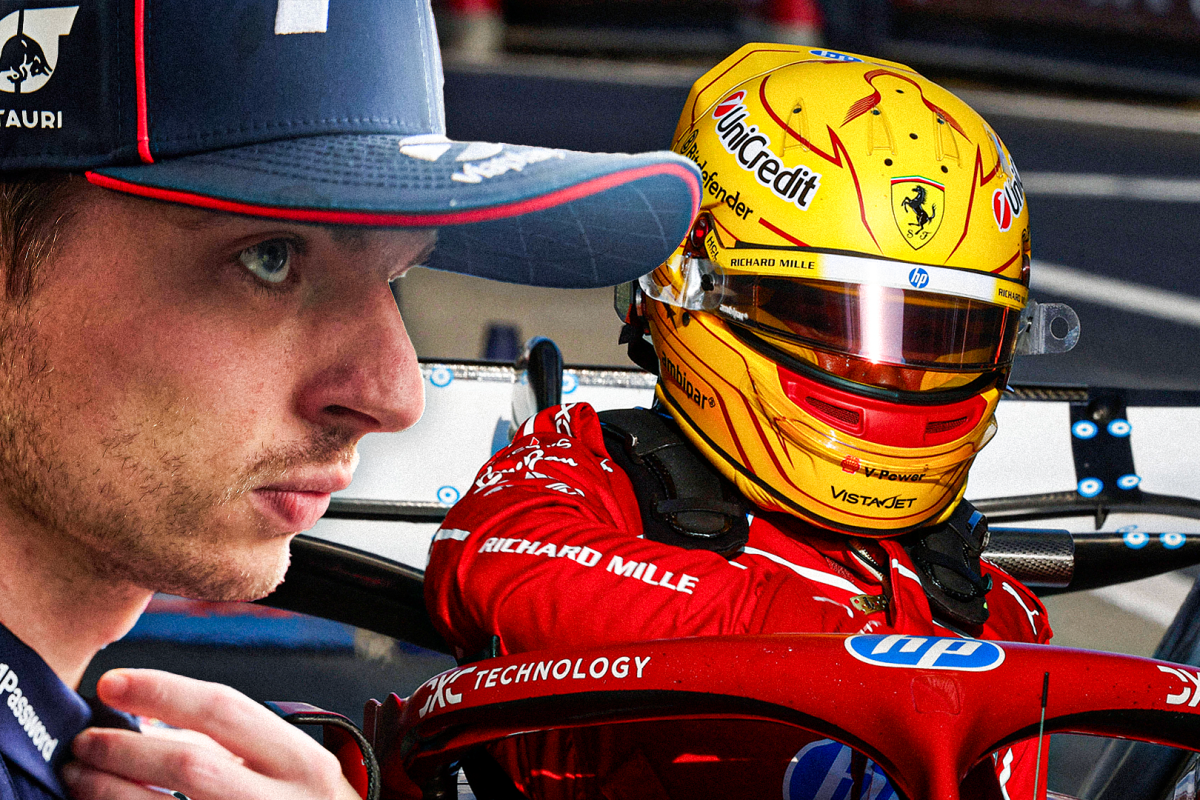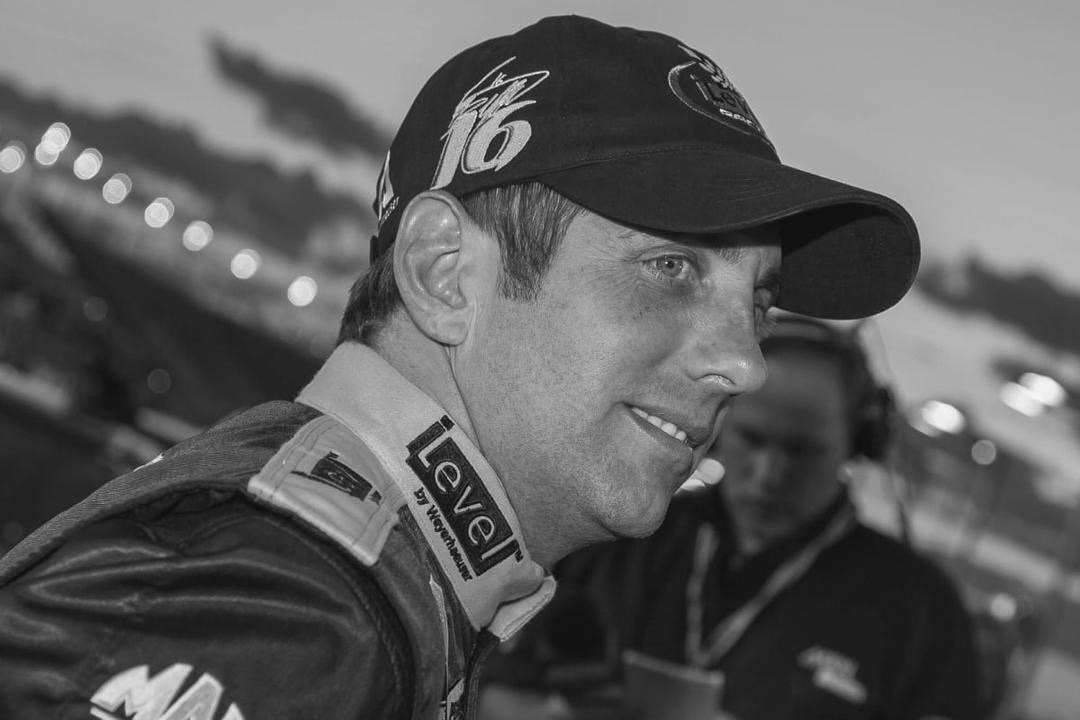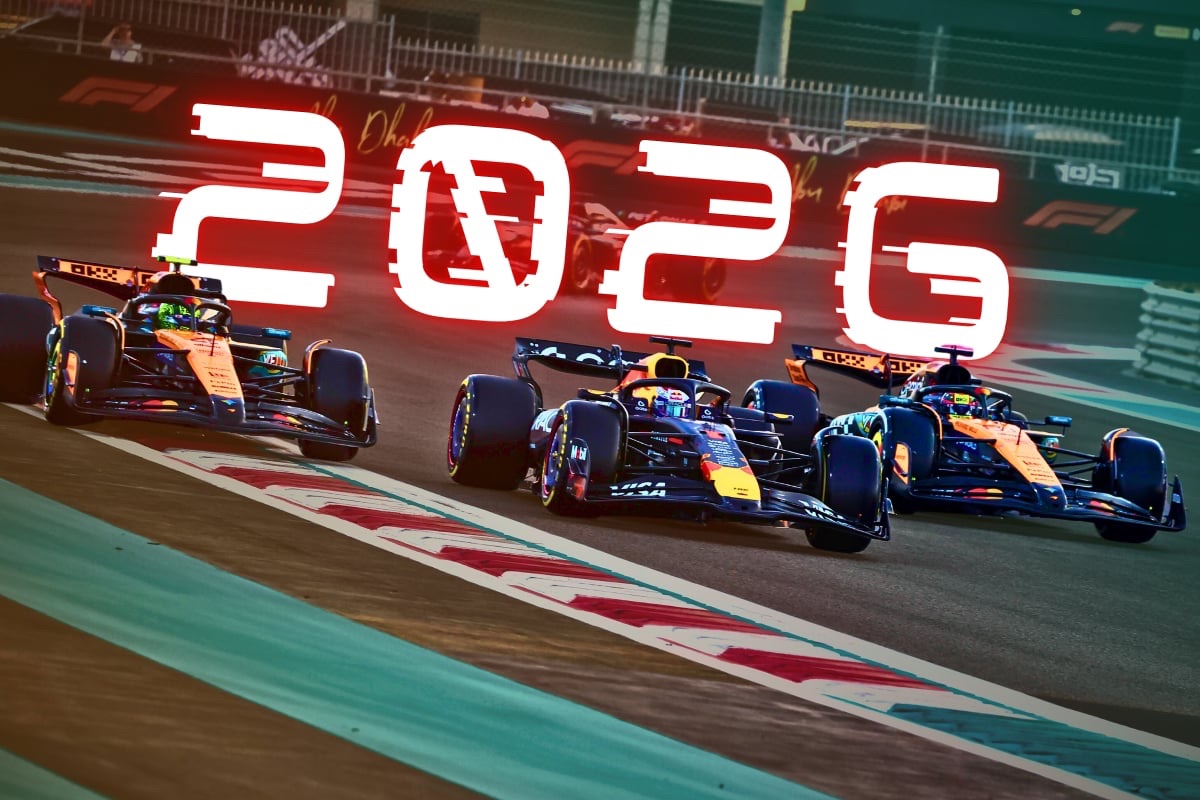FIA Confirms Verstappen and Hamilton Among Several Drivers with Deleted Laps Due to Track Limits Breaches at Bahrain GP
Track limits once again became a hot topic in Formula 1 during the Bahrain Grand Prix weekend, marking the first race this season where penalties were actively enforced for such infractions. The FIA (Fédération Internationale de l’Automobile) confirmed that multiple drivers were penalized for exceeding track boundaries, including high-profile names like Max Verstappen and Lewis Hamilton.
The Bahrain International Circuit proved challenging for many, with drivers frequently running wide and exceeding the designated limits of the racetrack. As a result, lap times were deleted throughout the event, significantly affecting qualifying results and race outcomes. Notably, 16 out of the 20 drivers on the grid had at least one lap time scrapped for going beyond the allowed track limits.
Track limits in Formula 1 are monitored closely to ensure fair competition. Drivers are expected to stay within the white lines that define the circuit’s edges. Exceeding these lines, particularly in corners where time can be gained, can result in a driver’s lap being invalidated. This measure is primarily enforced during qualifying sessions to prevent drivers from gaining an unfair advantage, but it also applies during the race itself.
Under the current regulations, if a driver commits three track limits violations during a race, they are shown the black and white flag – a formal warning indicating that any further infraction will result in a time penalty. On Sunday in Bahrain, six drivers received this warning flag. Among them were reigning world champion Max Verstappen, McLaren’s Lando Norris, Yuki Tsunoda of RB, and rookie Isack Hadjar, all of whom ended the race just one mistake away from receiving a penalty.
However, two other drivers weren’t as fortunate. Alpine reserve driver Jack Doohan, who stepped in for the weekend, accumulated four violations. As a result, he was hit with a five-second time penalty that was added to his final race time after the chequered flag had fallen. Even more dramatically, Kimi Antonelli — another young talent on the grid — racked up six violations over the course of the race. This earned him a pit-stop penalty that he served during the event, significantly compromising his race strategy and overall result.
These incidents have once again sparked debate among fans, teams, and drivers about how track limits are policed and the impact of such rules on the racing spectacle. Some argue that strict enforcement is necessary to maintain a level playing field, especially on circuits like Bahrain where run-off areas make it easier for drivers to push the limits. Others believe the rules need to be refined or adapted to better suit modern F1 racing and reduce interruptions caused by frequent lap deletions.
The FIA, however, remains firm in its approach. Officials reiterated that the rules are clearly defined and known to all drivers ahead of the race weekend. Drivers are regularly briefed on the track limits and the specific corners where enforcement will be most stringent. In Bahrain, the most common infractions occurred at Turns 4, 11, and 13 – areas where carrying more speed can provide a competitive edge.
The governing body also stressed that while the system may seem harsh, it’s essential for ensuring consistency and fairness throughout the grid. “Every driver is subject to the same rules,” a race steward commented. “If someone gets an advantage by exceeding track limits, that’s unfair to the others. We want to avoid that.”
Max Verstappen’s inclusion in the list of violators might come as a surprise to some, given his usual precision and dominance. However, his near-miss with a penalty highlights just how fine the margins are in F1, even for the very best. Similarly, Hamilton’s lap deletion in qualifying possibly impacted his grid position and race performance, a costly consequence in such a competitive field.
As the season progresses, drivers will need to be even more mindful of track boundaries, especially on circuits with wide run-off zones. Teams are expected to address the issue in debriefs, analyzing driver data and onboard footage to find the balance between aggression and compliance.
With this strict enforcement returning to the spotlight, all eyes will be on the upcoming races to see whether drivers adjust their approach or whether Bahrain was just the beginning of a season-long crackdown on track limits. What’s clear is that the FIA is sending a message — staying within the lines is no longer just a suggestion, but a requirement that will be firmly upheld.




